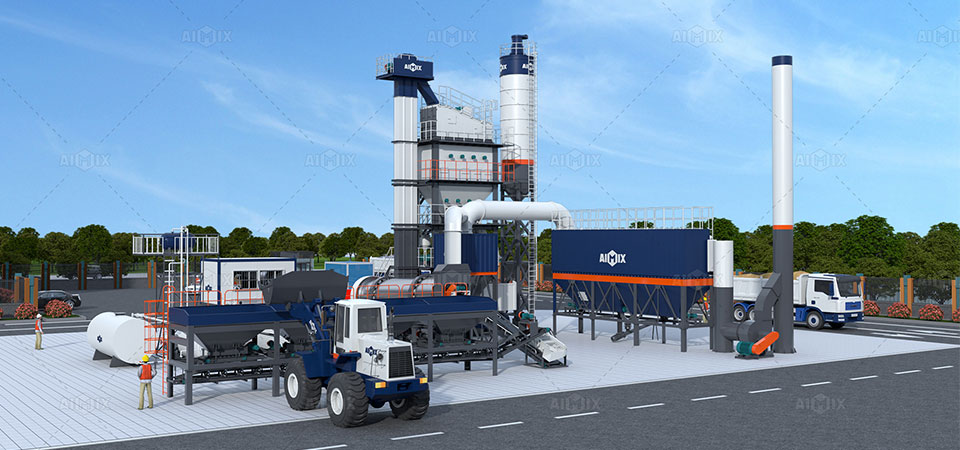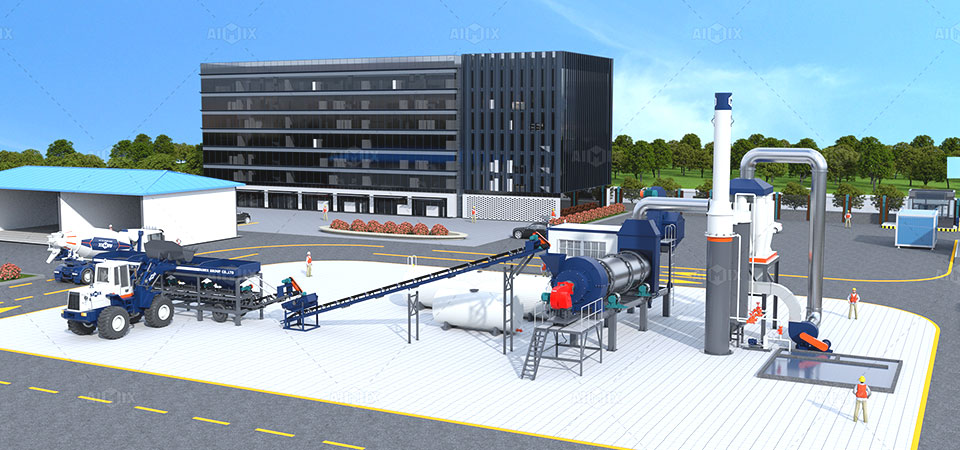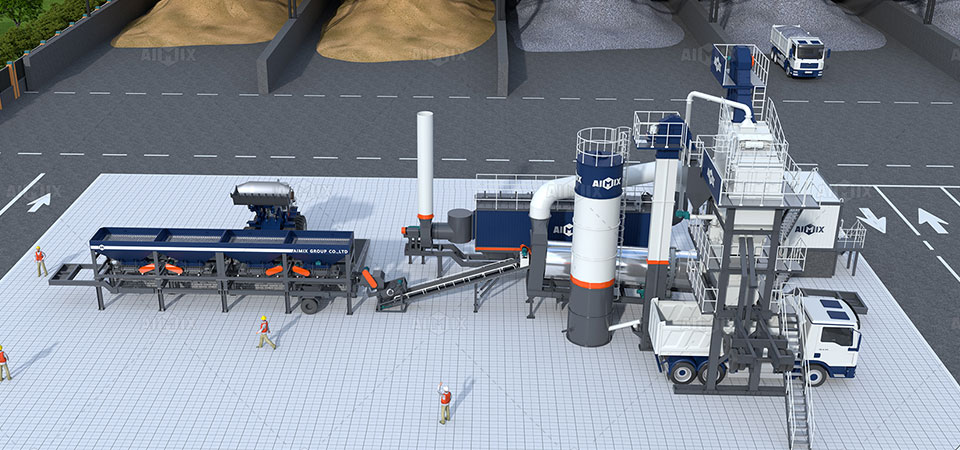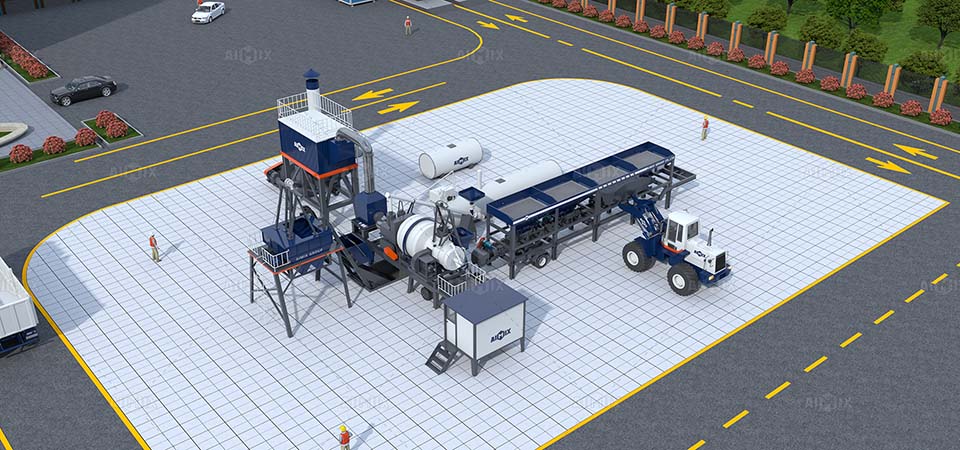Choosing the right asphalt plant capacity is not just a technical decision — it’s a key step that affects your entire business. Whether you’re paving highways, repairing local roads, or supplying asphalt commercially, the wrong capacity can mean lost time, wasted money, or missed project deadlines. So, how do you get it right?

Why Production Capacity Matters
Let’s start with why this decision is so important. Asphalt plant capacity directly influences your daily output, fuel consumption, and delivery timeline. If your plant mix asphalt is too small, you can’t keep up with project demand. If it’s too large, you’re burning resources for no reason.
That’s why understanding your actual project needs, local conditions, and long-term goals is essential.
Step 1: Analyze Your Project Scope and Volume
Begin with your expected workload. Are you handling municipal road repairs or large-scale expressway construction? Project type directly determines your capacity needs.
Smaller Jobs Mean Smaller Plants
If you’re mainly doing patchwork or small municipal roads, a plant with 40-80 tons per hour (TPH) might be ideal. These units are easier to set up, more mobile, and use less fuel. They also work well in areas with limited space or frequent relocations.
Mid-Sized Projects Need Flexibility
Handling a mix of city roads, industrial parks, or rural highways? A plant with 100-160 TPH often hits the sweet spot. It offers stable output without requiring oversized investment.
Large-Scale Projects Demand High Output
For national highways, airports, or heavy-duty industrial use, consider 200 TPH or above. These plants ensure you can meet daily production goals without delays. But remember: they require more land, power, and logistics planning.
Once you understand your typical job volume, it’s easier to filter your options.

Step 2: Match Capacity with Project Timelines
Next, think about time. Time pressure and deadline commitments are common in road construction. Your large or small asphalt plant capacity should support your schedule, not strain it.
Calculate Backwards from Your Deadlines
For example, if a 10,000-ton job needs to finish in 10 days, that’s 1,000 tons per day. If your plant runs 10 hours per day, that’s 100 TPH minimum. Always add a buffer — downtime, maintenance, and weather delays are real factors.

Step 3: Factor in Raw Material Supply and Transport
Now let’s bring in logistics. Your large or mini asphalt mixing plant’s production capacity means nothing if your aggregate supply can’t keep up. Can your trucks, loaders, and suppliers deliver enough raw materials daily?
Also, check your local transport rules. Some areas limit truck load capacity or restrict operating hours. All of these impact your effective asphalt output.
Step 4: Plan for Future Growth
Don’t just think short term. Will your business expand? Will you bid on larger contracts next year? A slightly larger capacity now may save you from needing a new plant later.
However, balance is key. Overestimating too much means more fuel use, larger initial investment, and higher maintenance costs. Choose based on realistic projections.

Step 5: Choose Based on Environment and Regulations
Local environmental policies may also guide your choice. High-capacity plants often require more advanced dust collection, noise control, and emission treatment. Make sure your equipment fits into your local construction and environmental standards.
Final Thoughts: It’s About Fit, Not Just Size
The best asphalt plant capacity isn’t the biggest one — it’s the one that fits your actual job, timeline, logistics, and budget. Real success comes from aligning all these factors, not chasing maximum output.
Looking for Expert Guidance? I Can Help.
If you’re still unsure about which capacity is right for you, I’m here to help. I’ve worked with contractors handling everything from remote road repairs to massive infrastructure jobs. I understand the challenges on the ground — and I can recommend an asphalt plant Malaysia that suits your workflow, not just your wishlist.
Reach out for a custom suggestion based on your real project volume, budget, and location. Let’s find a solution that keeps your production smooth and your profits strong.